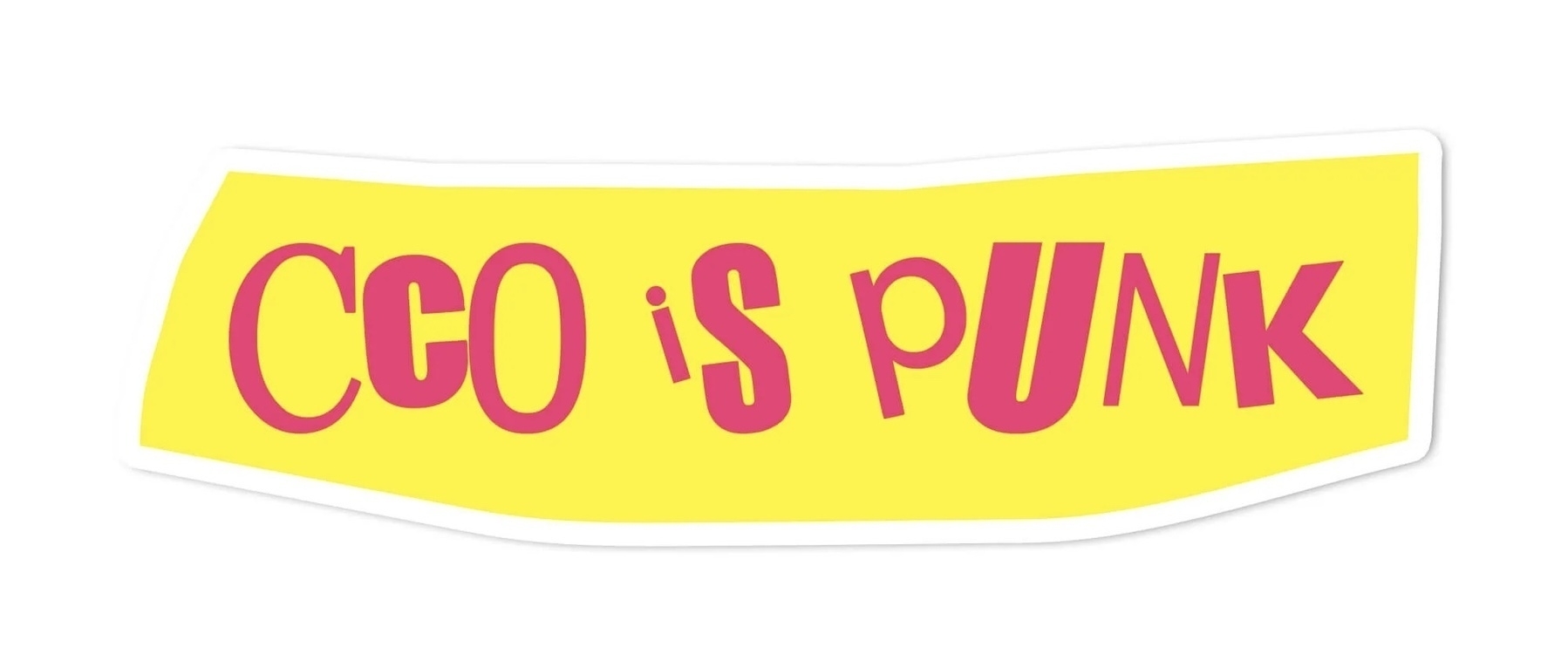IndieWeb is Punk
Last night, Mazie and I went to Pink Ivy for dinner, and as we pulled out of the driveway, she took control of the music and right away started playing “Basket Case” by Green Day. Mazie has wide-ranging musical interests. She is happy to rock out with me to the Foo Fighters. Lately, Green Day has been rotating in more, but she found that one on her own. We were both digging the song, and I told her how fun it was for me that she was listening to Green Day and shared the Punk Rock roots of the band. We dug further back into my Music Library and found their first two albums on Lookout! Records “1,039/Smoothed Out Slappy Hour” and “Kerplunk.” We listened to “Disappearing Boy” and “At the Library,” and I joked with her that most of the songs were about girls they were too scared to talk to.
She thought the music itself was just okay, and I was like, “Yeah, but that was Punk Rock.” With that, I attempted to summarize the music world of the late 80s and 90s, which was dominated by Top 40 music and record labels controlling distribution. Punk Rock stormed onto the scene and ignored all of that. This led to a meandering listen through some Screeching Weasel and their tributes to the Ramones, then to the Straight Edge scene and Minor Threat. Punk Rock was so fundamentally different from what most people were listening to then. Unfortunately, we arrived at the restaurant before I was able to cover the New Bomb Turks and NOFX.
However, as we discussed the anti-commercial, independent, and community aspects of Punk Rock, it struck me that I could be describing the IndieWeb movement of today in nearly identical terms. As Punk Rock was to the music industry of that era, is the IndieWeb bringing the same ethos to the Web of today — minus the mohawks?
Punk Rock was famously DIY, playing whatever instruments they could get their hands on. Most were self-taught and just learned to play to make the music. Bad singer? No problem. Do you only know three chords? Perfect. Do you own a drum set but don’t know how to play? Great. Let’s go. This same spirit embodies the IndieWeb as people use open-source tools to create their websites. Need a primary topic for your newsletter? How about I just write? Don’t have flashy features or pixel-perfect design? Doesn’t matter. It works. It’s yours.
IndieWeb creators and providers shun the pursuit of monopoly power and giant profits. Most focus on being small services that charge a fair fee based on the cost of providing the service. No venture capitalist would invest in these projects. Punk Rock didn’t care about selling millions of records. Punk was about creating music and getting it into people’s hands.
Punk was also about community and creating connections. No Punk Rock band stood on their own, and the folks at the shows were part of their community more than an audience. IndieWeb communities share similarities, focusing on related tools and systems and exploring how they can collaborate to empower individuals. The zine movement of Punk Rock was blogging before the Internet! That spirit lives on today.
One of the most significant ways they are similar is they are both counterculture. In the 1990s, listening to Punk Rock was a way to subvert the mass media system. Punk Rock gave the middle finger to that “system” and said, “No.” That’s precisely what IndieWeb folks are saying to the dominant social media platforms today. We opt out of algorithmic surveillance systems and choose to be independent.

The IndieWeb is Punk. I love this image from Matt Downey. CC0 is a public domain dedication license from Creative Commons. Giving away ownership and contributing to the community is Punk.
We don’t need major platforms. We have the Web, keyboards, tools, and community. IndieWeb is Punk! Is it time to bring the Mohawks back?